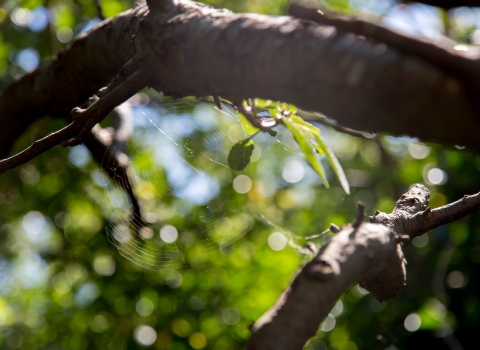Sea levels are rising, glaciers are melting, extreme weather events are altering seasonal norms and wildlife is struggling to keep pace. While future generations will be the worst affected, climate change is not a dystopian film plotline. It is happening right now, and the earth’s vital signs are showing a worrying pattern of decline.
In 2015, the Paris Climate Agreement set a goal of keeping global temperatures from increasing further than 2°C. Since then the mercury has continued to rise. Evidence suggests that it is now too late to limit excessive warming through the reduction of emissions alone, and that nature has a vital role to play.
Hampshire and the Isle of Wight are home to large swathes of land with great potential as carbon stores, and we need your help to maintain and enhance our local natural climate solutions.






